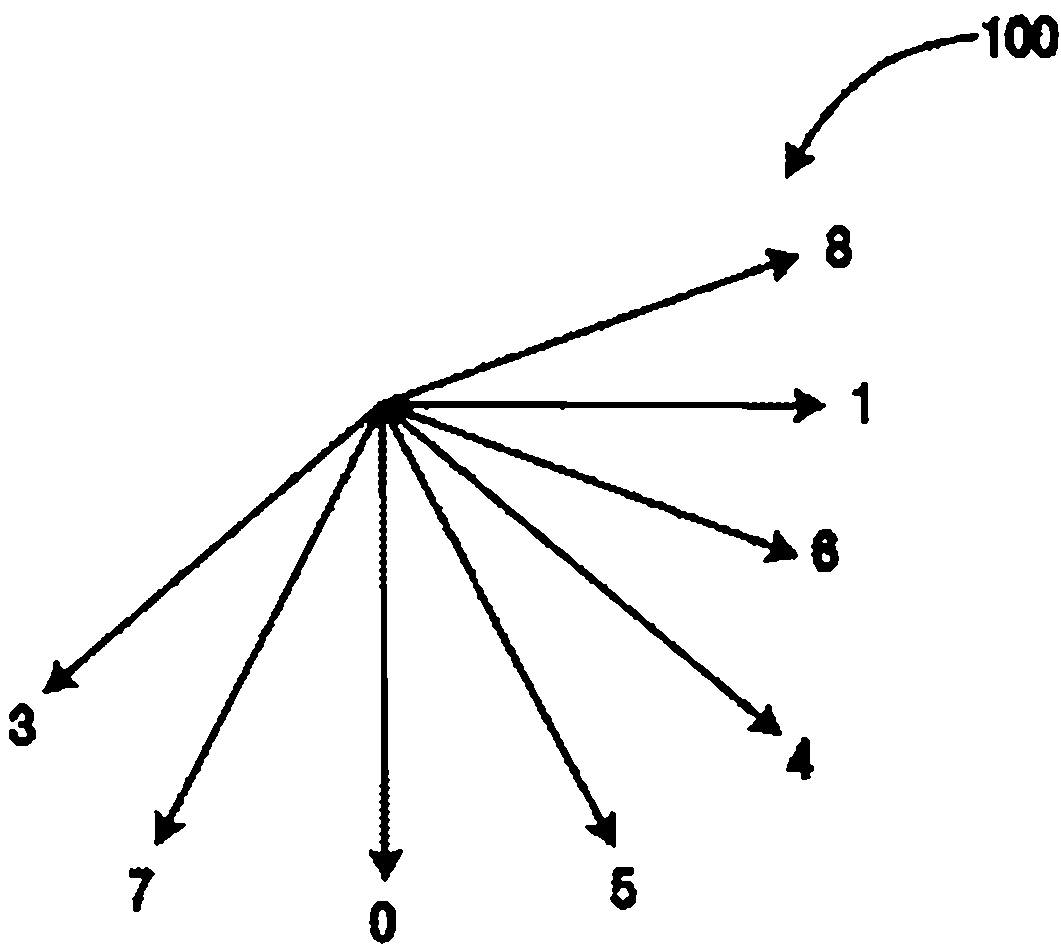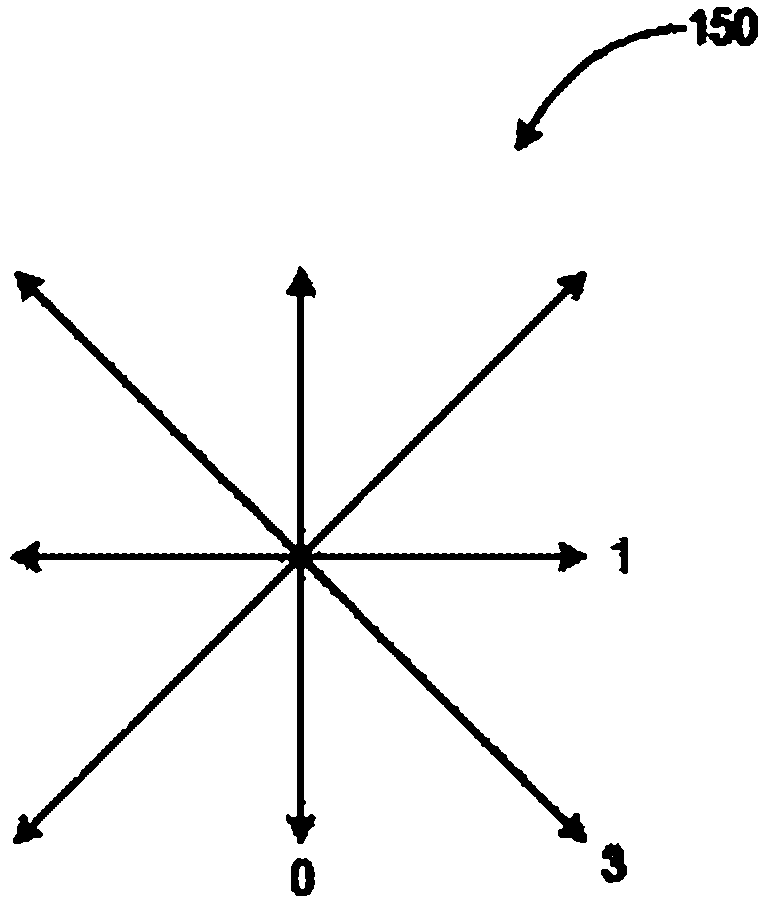Methods and apparatus for adaptive mode video encoding and decoding
A mode and encoding technology, applied in the field of video encoding and decoding, can solve problems such as lack of adaptability
- Summary
- Abstract
- Description
- Claims
- Application Information
AI Technical Summary
Problems solved by technology
Method used
Image
Examples
Embodiment 1
[0068] go to Figure 5 , an example method for obtaining adaptive mode coding within a video encoder is generally indicated by reference numeral 500 . Method 500 includes start block 510 of passing control to function block 520 . Function block 520 performs encoding setup (optionally with operator assistance), passing control to cycle limit block 530 . The loop limit block 530 executes a loop j, where j=1, . Function block 540 encodes image j and passes control to function block 550 . Functional block 550 obtains a mode map from video content previously encoded in an iterative process (not necessarily the first iteration), and then updates said mode map one or more times during the next one or more iterative processes, Optionally, a process of pattern map reset is implemented based on one or more conditions (eg, scene change, etc.) and control is passed to loop limit block 560 . Loop limit block 560 ends the loop and passes control to end block 599 .
[0069] In method 50...
Embodiment 2
[0074] In another embodiment, the mapping information is specifically indicated in the syntax and communicated in the bitstream. In this method, said adaptive mode map may be obtained before or during the encoding step. For example, pattern maps can be generated for a range of spatial resolutions from training data encoded at different spatial resolutions. The mapping is then encoded at the sequence level, picture level, slice level, and so on.
[0075] back to Figure 7 , an example method for applying adaptive mode coding at the sequence level in a video encoder is generally indicated by reference numeral 700 . Method 700 embeds a schema map in the generated bitstream. Method 700 includes a start block 710 which passes control to a function block 720 . Function block 720 makes code settings (optionally with operator assistance) and passes control to function block 730 . Function block 730 obtains said pattern map, eg based on training data (which in turn, eg, is encoded...
Embodiment 3
[0079] In another embodiment, the mapping information is also indicated in the syntax and conveyed in the bitstream. Different from Embodiment 2, the mapping table may be generated based on a previously encoded image or a currently encoded image during the encoding / decoding process. For example, before encoding an image, a mode map is generated and indicated in the grammar. We can keep updating the schema map during encoding. The mode map may be generated based on previously encoded image information and / or selected from a certain set of mode maps and / or different / local encoding stages of the currently encoded image. This mapping table may also be generated based on statistics of the coded image or sequence, such as, but not limited to, mean value, variance, and the like.
[0080] go to Figure 9 , an example method for adaptive mode mapping within a video encoder is generally indicated by reference numeral 900 . Method 900 includes start block 910 which passes control to ...
PUM
 Login to View More
Login to View More Abstract
Description
Claims
Application Information
 Login to View More
Login to View More - R&D
- Intellectual Property
- Life Sciences
- Materials
- Tech Scout
- Unparalleled Data Quality
- Higher Quality Content
- 60% Fewer Hallucinations
Browse by: Latest US Patents, China's latest patents, Technical Efficacy Thesaurus, Application Domain, Technology Topic, Popular Technical Reports.
© 2025 PatSnap. All rights reserved.Legal|Privacy policy|Modern Slavery Act Transparency Statement|Sitemap|About US| Contact US: help@patsnap.com



